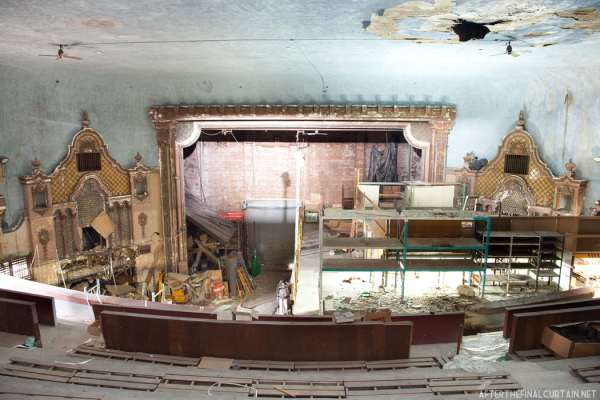While we have previously covered many of the abandoned theaters in New York City, today we bring you to the abandoned theaters of New Jersey from Newark to Long Branch to Passaic.
Paramount (Broadway) Theatre
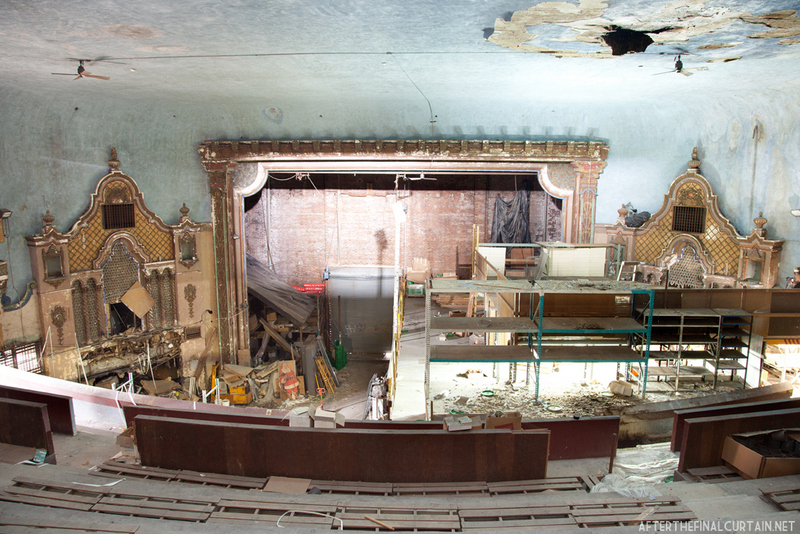
The Paramount Theatre opened as the Broadway Theatre in Long Branch, New Jersey on August 1, 1912. The 1,772-seat theater showed plays and vaudeville performances before transitioning to film. The theater was reconstructed and managed by Paramount-Publix starting in 1930, resulting in the theater being remodeled into an atmospheric style theater. After the redesign, the theater was renamed the Paramount Theatre.
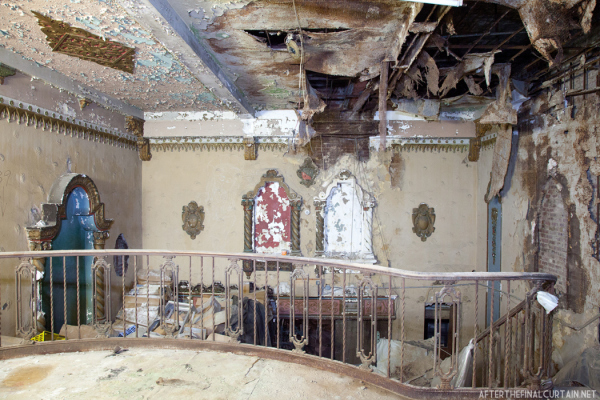
The theater closed on September 14, 1959 due to declining ticket sales. The Paramount was sold and used as a warehouse for Siperstein’s Paint until plans were made to restore the space as an 1,800-seat theater in 2005. However, as of March 2012, none of the 2005 plans have been realized, and the theater is still abandoned.
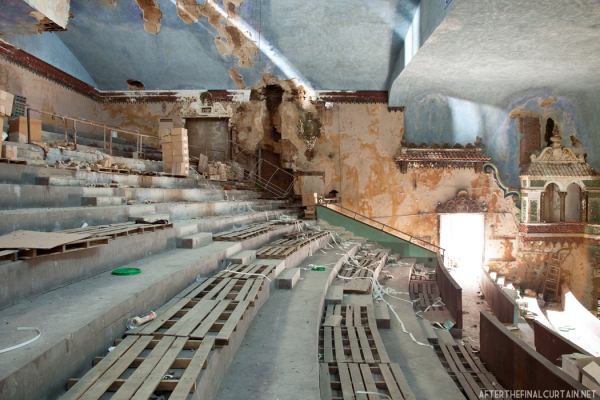
The Newark Paramount Theatre
The Newark Paramount Theatre opened on October 11, 1886 as H.C. Miner’s Newark Theatre, a vaudeville house managed by a Brooklyn based theater Management Company called Hyde & Behman Amusement Co. The theater was sold in 1916 to Edward Spiegel, who hired architect Thomas W. Lamb to expand the theater into a 2,003-seat space. In 1932, when vaudeville’s popularity began to diminish, the owners struck a deal with Paramount-Publix to start showing movies. The theater was remodeled again and was renamed the Paramount Theatre.
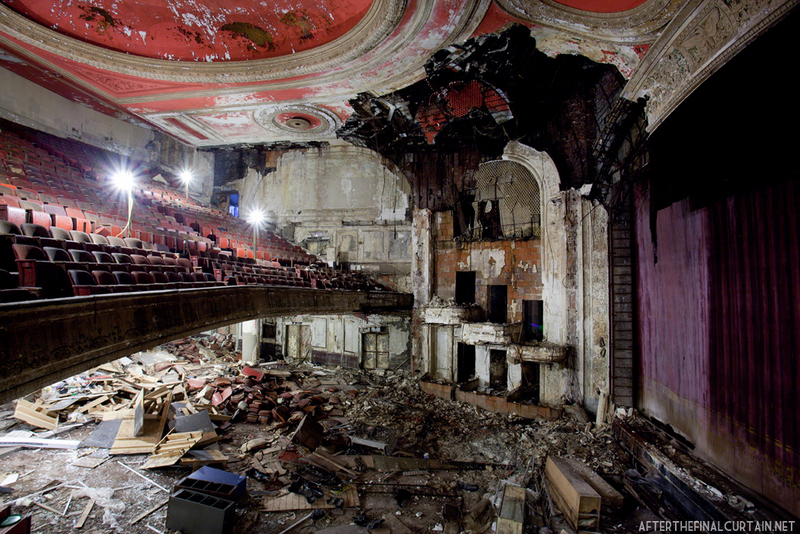
The theater closed on March 31, 1986 due to an increase in insurance rates. Since then, the lobby area has been used as an Army/Navy surplus store and other similar retail stores. There are plans for a multi-use entertainment complex on the lot, which call for the auditorium to be demolished. Only the front facade will remain.
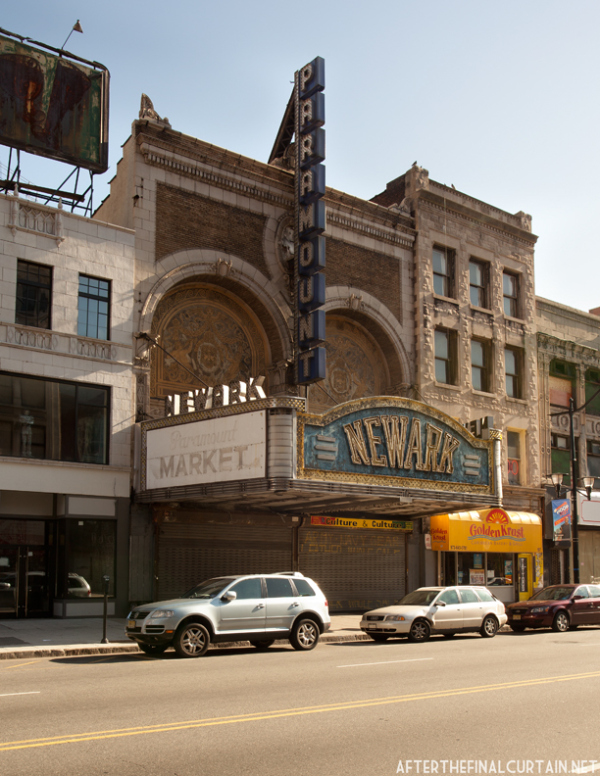
Montauk Theatre
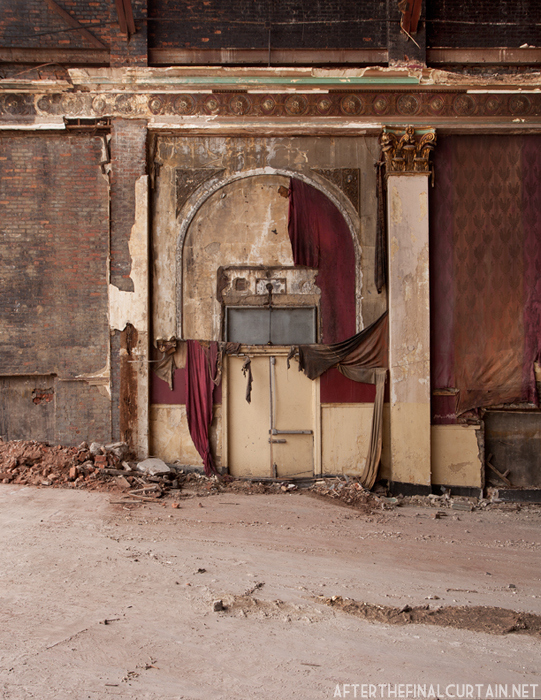
The Montauk Theatre opened on January 30, 1924 in Passaic, N.J. on the site of a former vaudeville theater. Architect Abram Presikel designed the theater in the Adamesque style, and it sat 2,638 people. The theater was operated by the Fabian Enterprises theater chain.
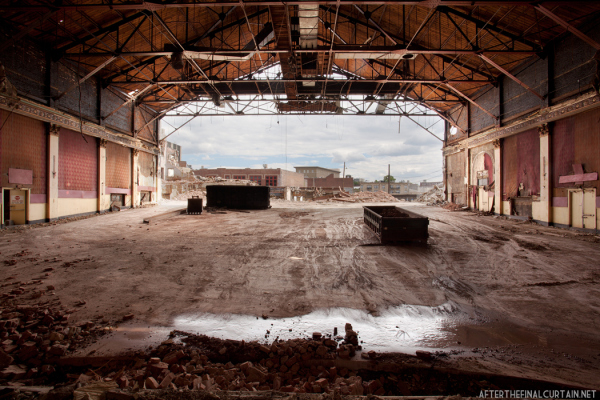
After briefly closing in 1974, the Montauk was reopened as an independent adult movie theater. It closed on and off in the 1990s due to police raids on men engaging in sexual activities during the movies. The theater closed permanently in May 2005. The city of Passaic took ownership and demolished the building in May 2011 to make way for a public school complex.
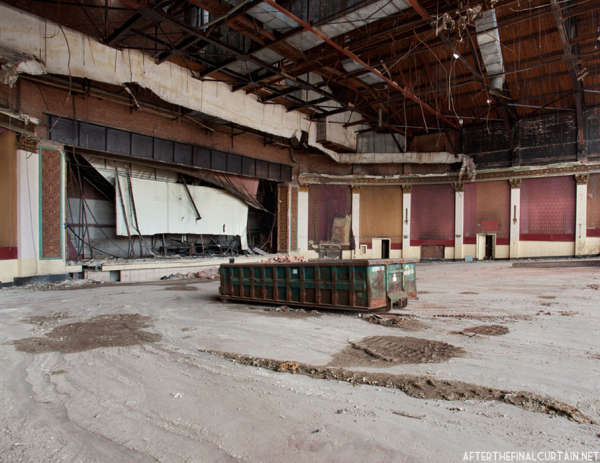
Proctor’s Palace Roof Theatre
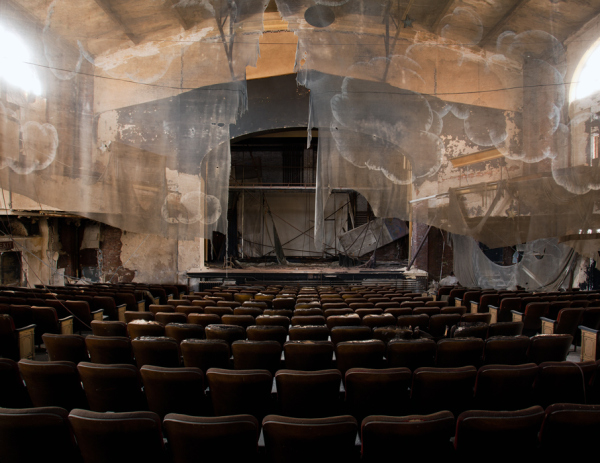
Proctor’s Palace Roof Theatre was located on the top of Proctor’s Palace Theatre in Newark and opened on November 22, 1915. The Palace showed small vaudeville productions before it switched over to film.
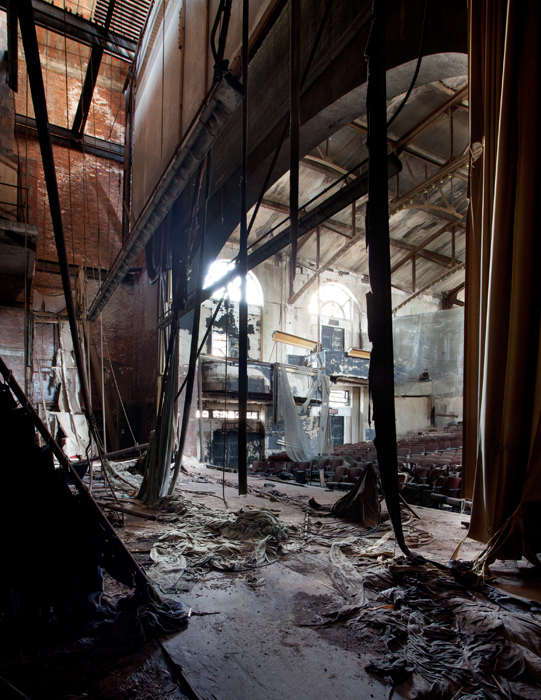
After the switch, the Roof Theatre was rarely used, but reopened in the early 1960s as the Penthouse Cinema, which mainly showed foreign films.
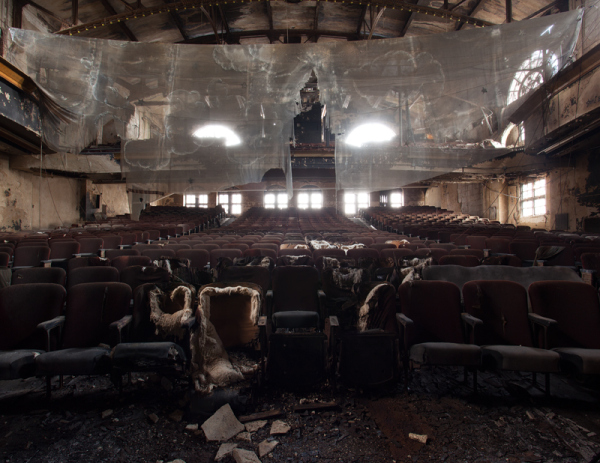
The Cinema closed in 1968 after the infamous Newark riots.
Proctor’s Palace Theatre
RKO Proctor’s Theatre opened in Newark, N.J. on November 25, 1915 as the Proctor’s Palace Theatre. Architect John W. Merrow designed the Palace as a double decker theater, meaning that one auditorium was stacked on top of the other, which was a rare design choice at the time.
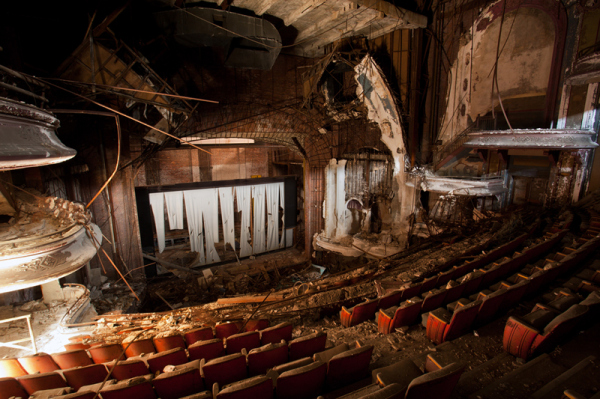
The Palace was originally a vaudeville theater, but it eventually switched over to exclusively movie showings while the occasional vaudeville show still played there.
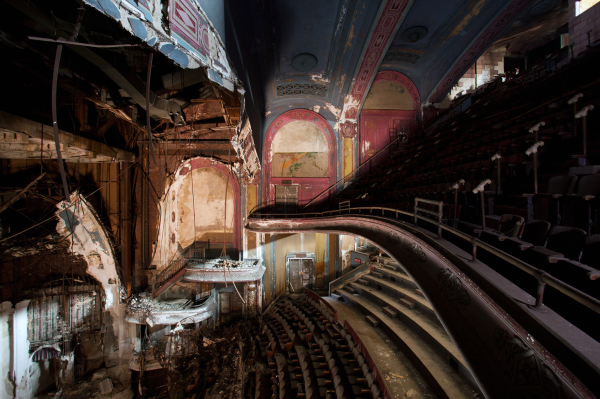
The circuit owner, Frederick F. Proctor, sold his company to Radio-Keith-Orpheum Corporation shortly before his death in 1929. The name of the theater was changed to RKO Proctor’s Theatre.
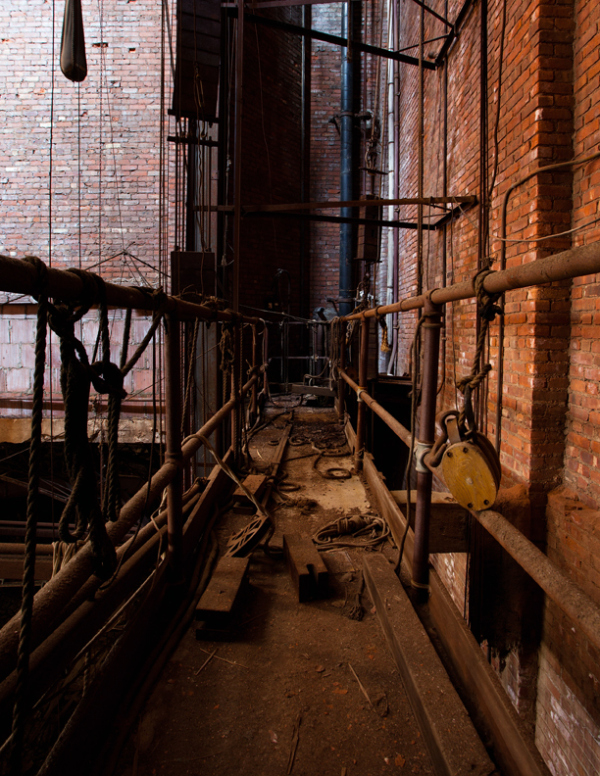
The Palace closed in 1968 when RKO merged with Stanley Warner, who owned Newark’s Branford Theater. The Palace’s lobby has been renovated is currently being used as a shoe store. The rest of the building remains vacant and after years of neglect has started to collapse.
Our column After the Final Curtain, featuring the photography and writing of Matt Lambros who documents the neglect of America’s greatest theaters in his website afterthefinalcurtain.net
This article compiled and edited by @chelspineda






